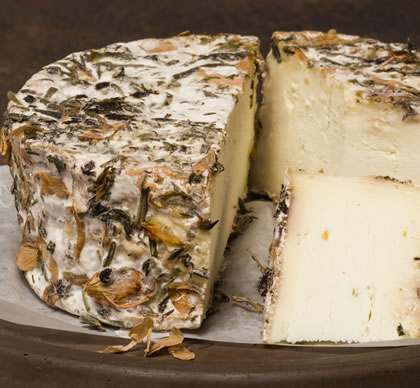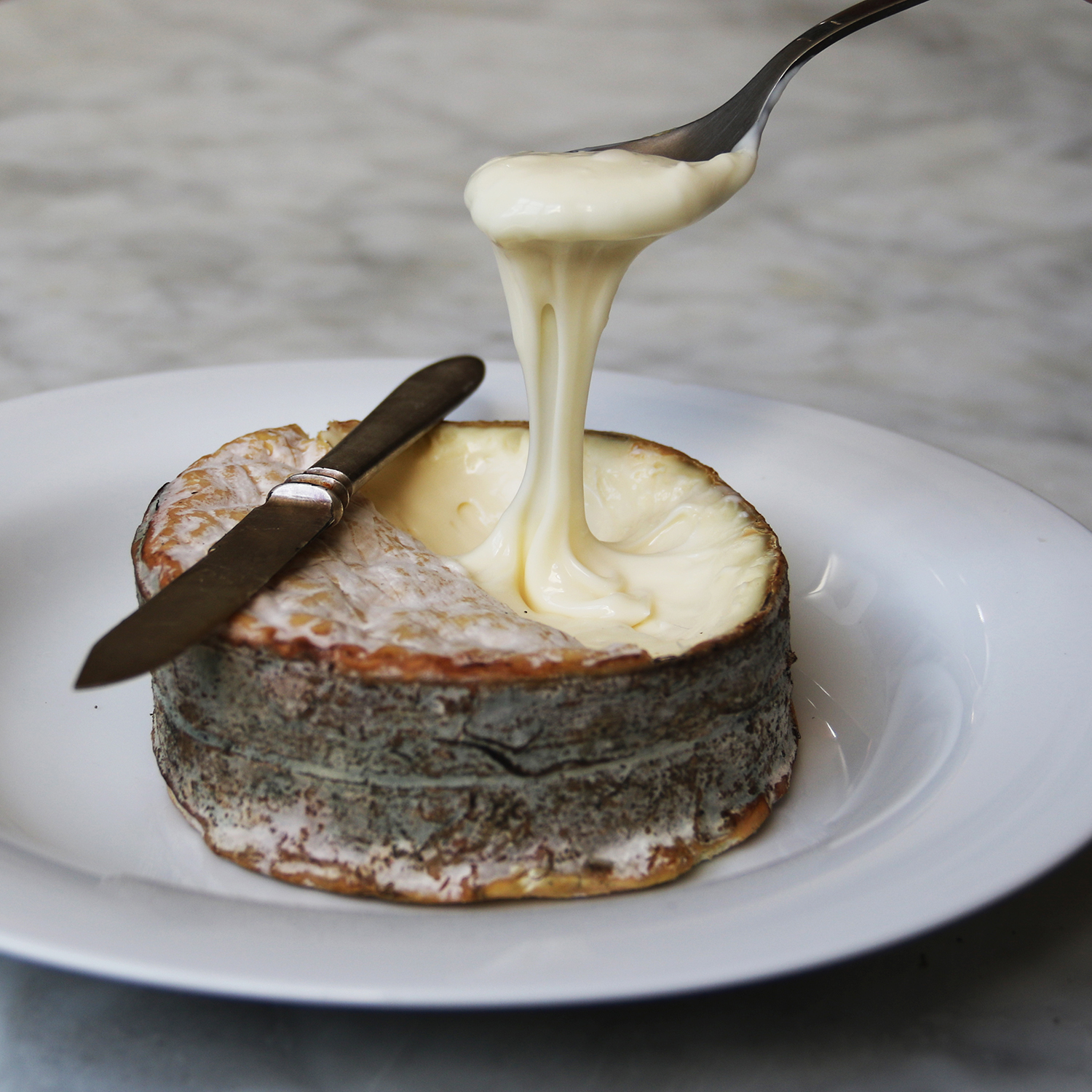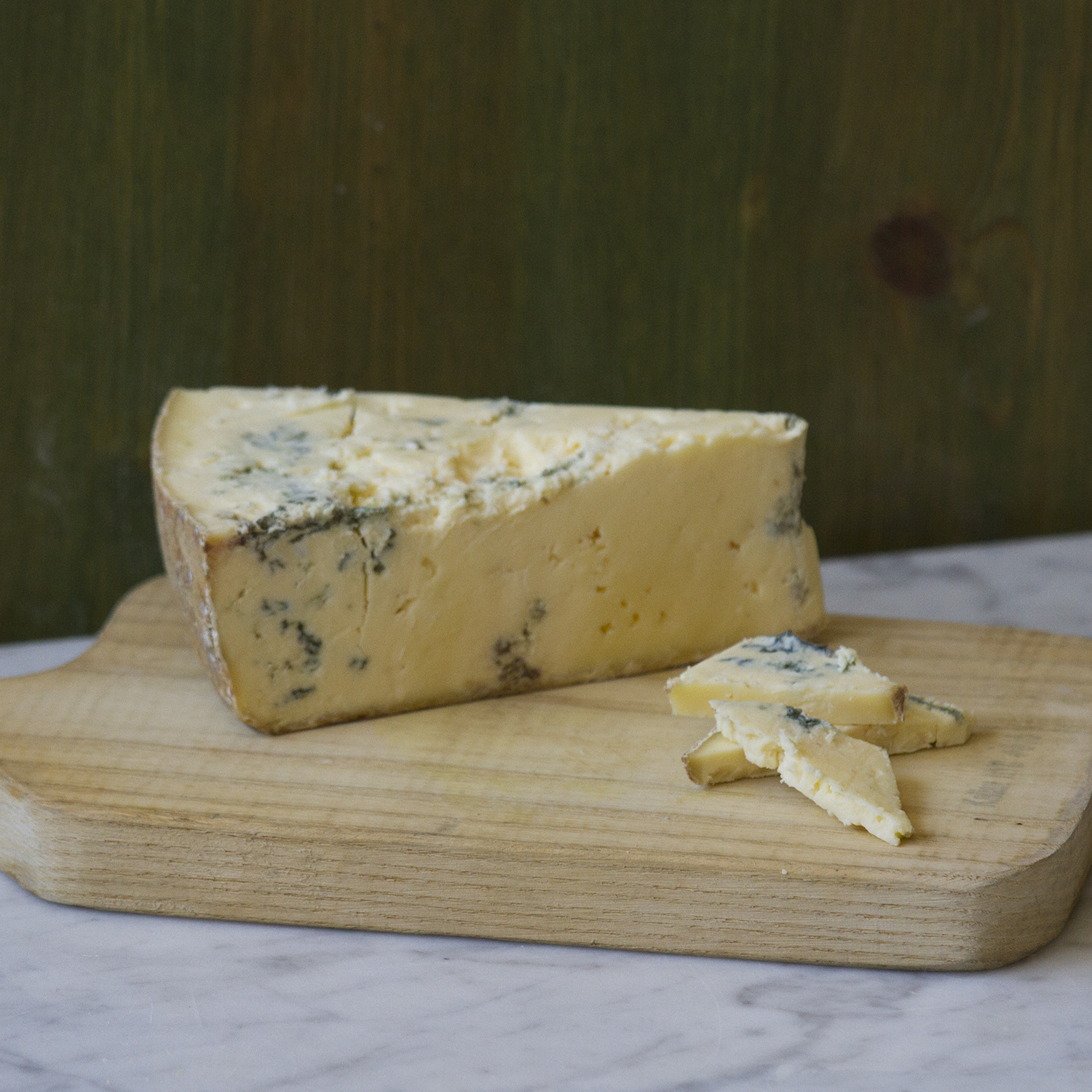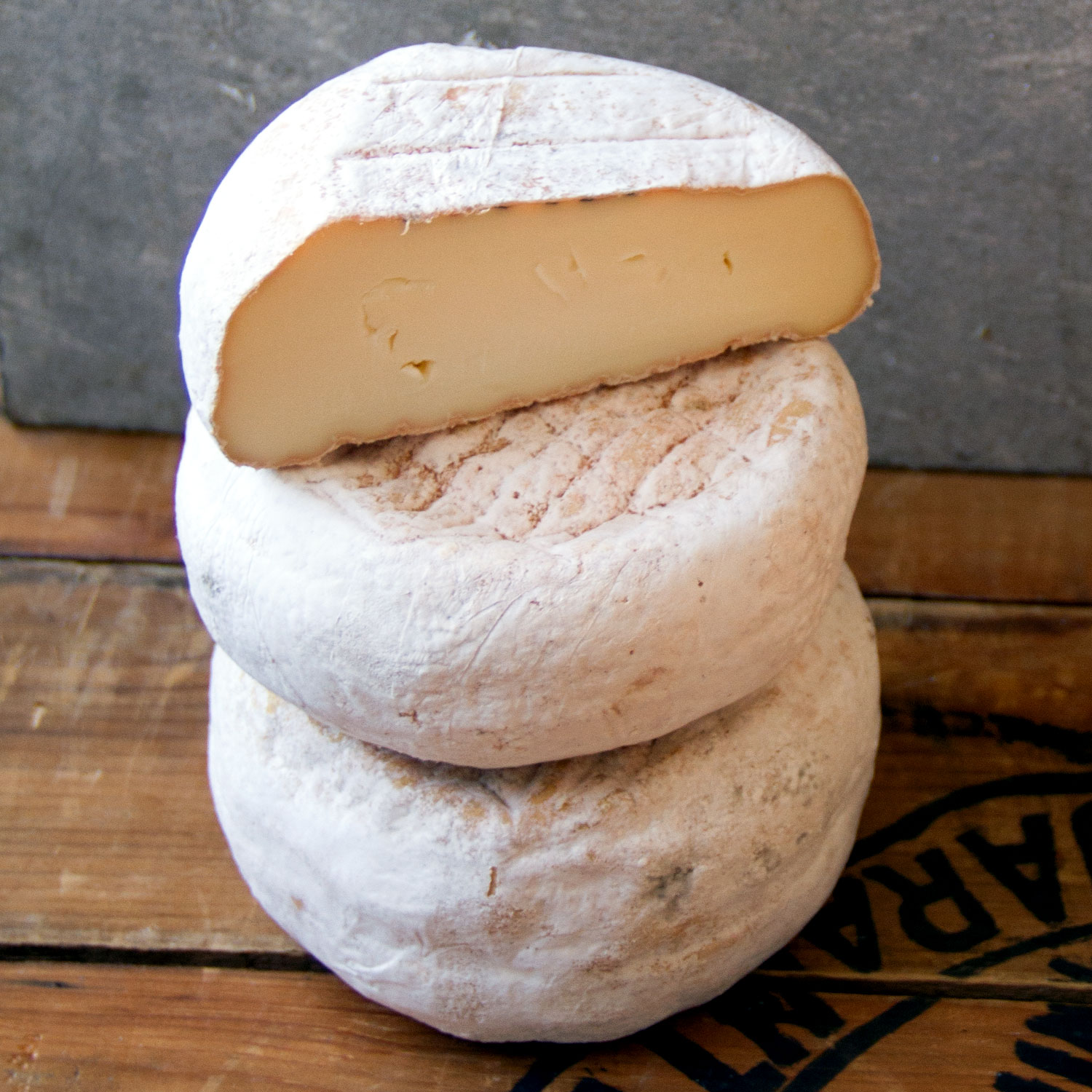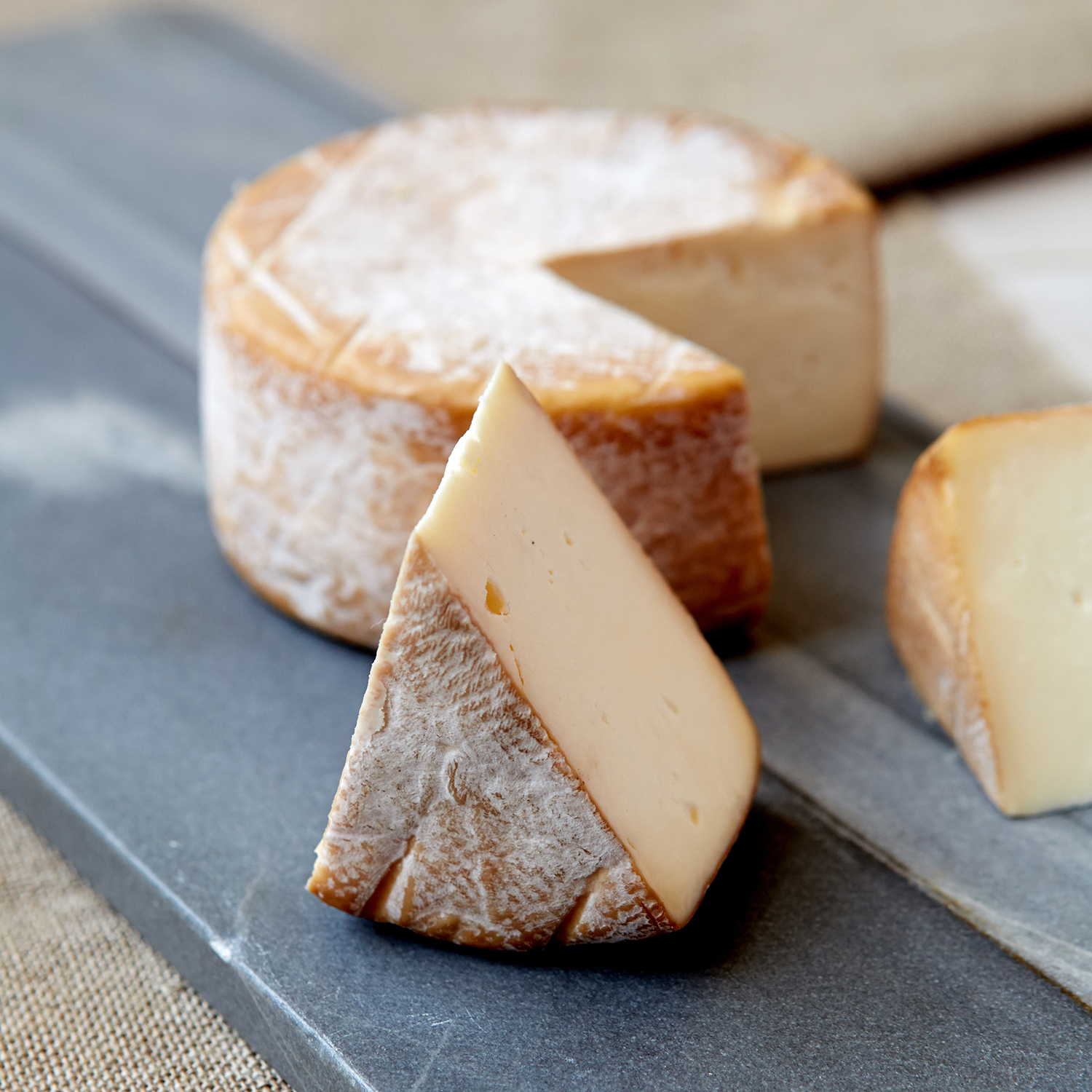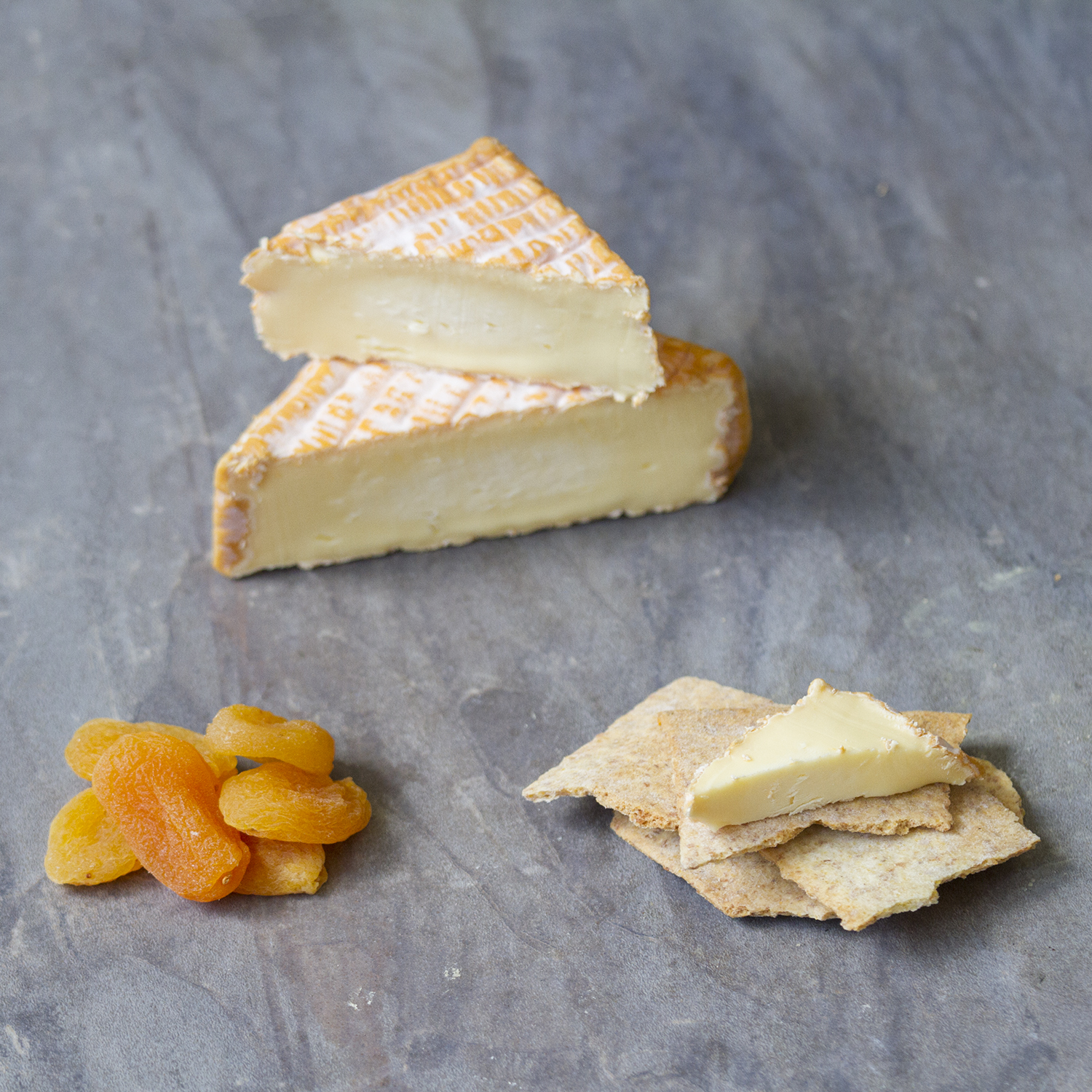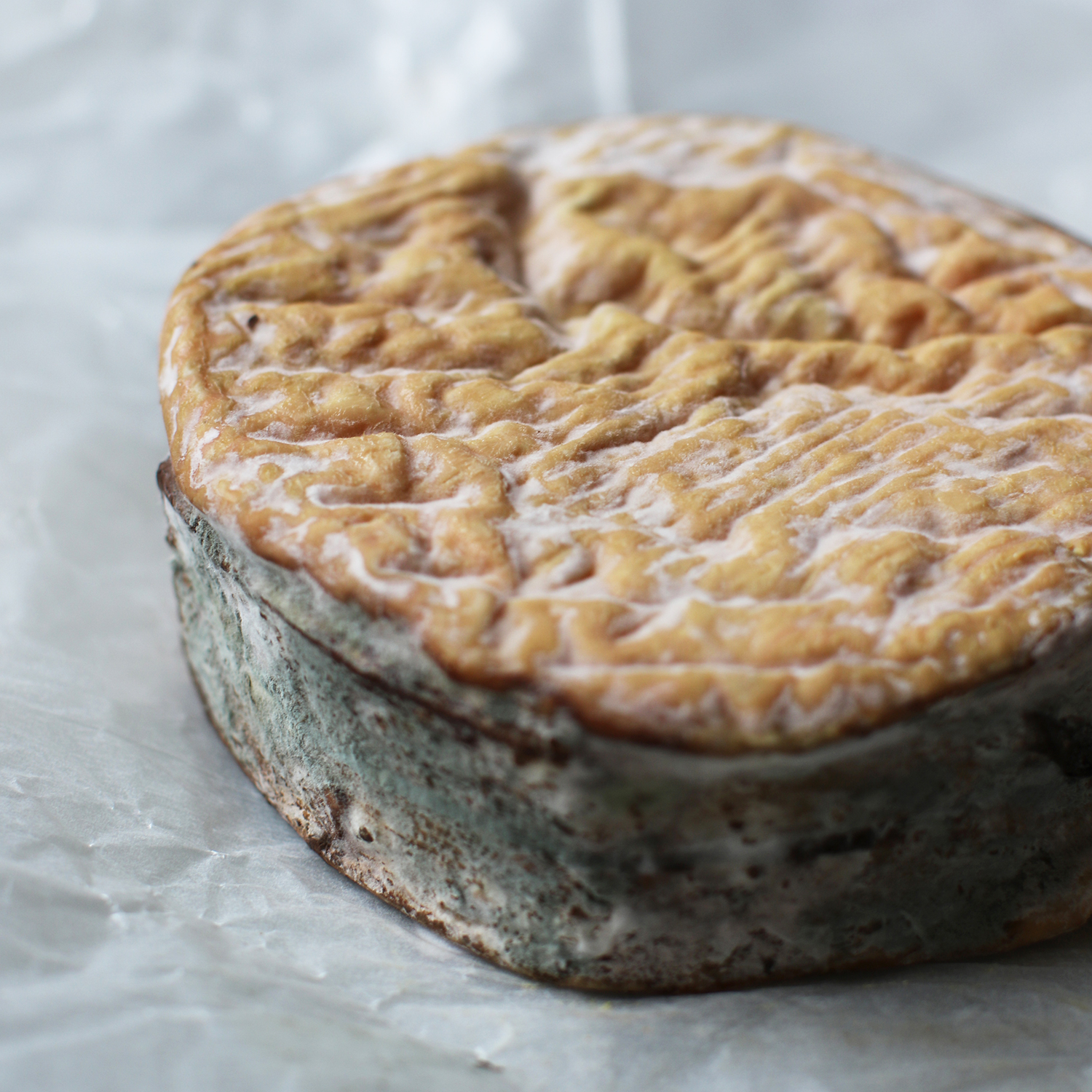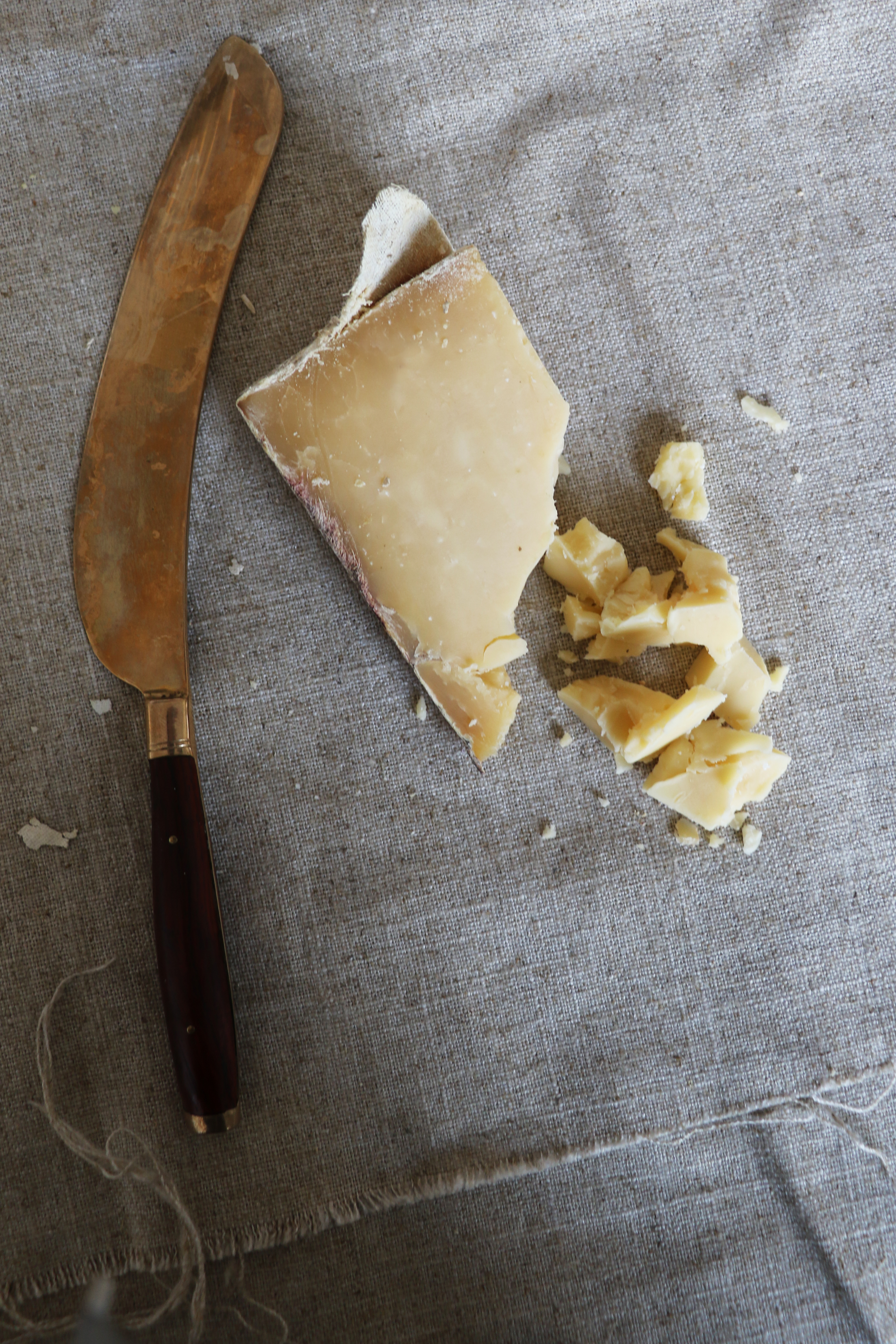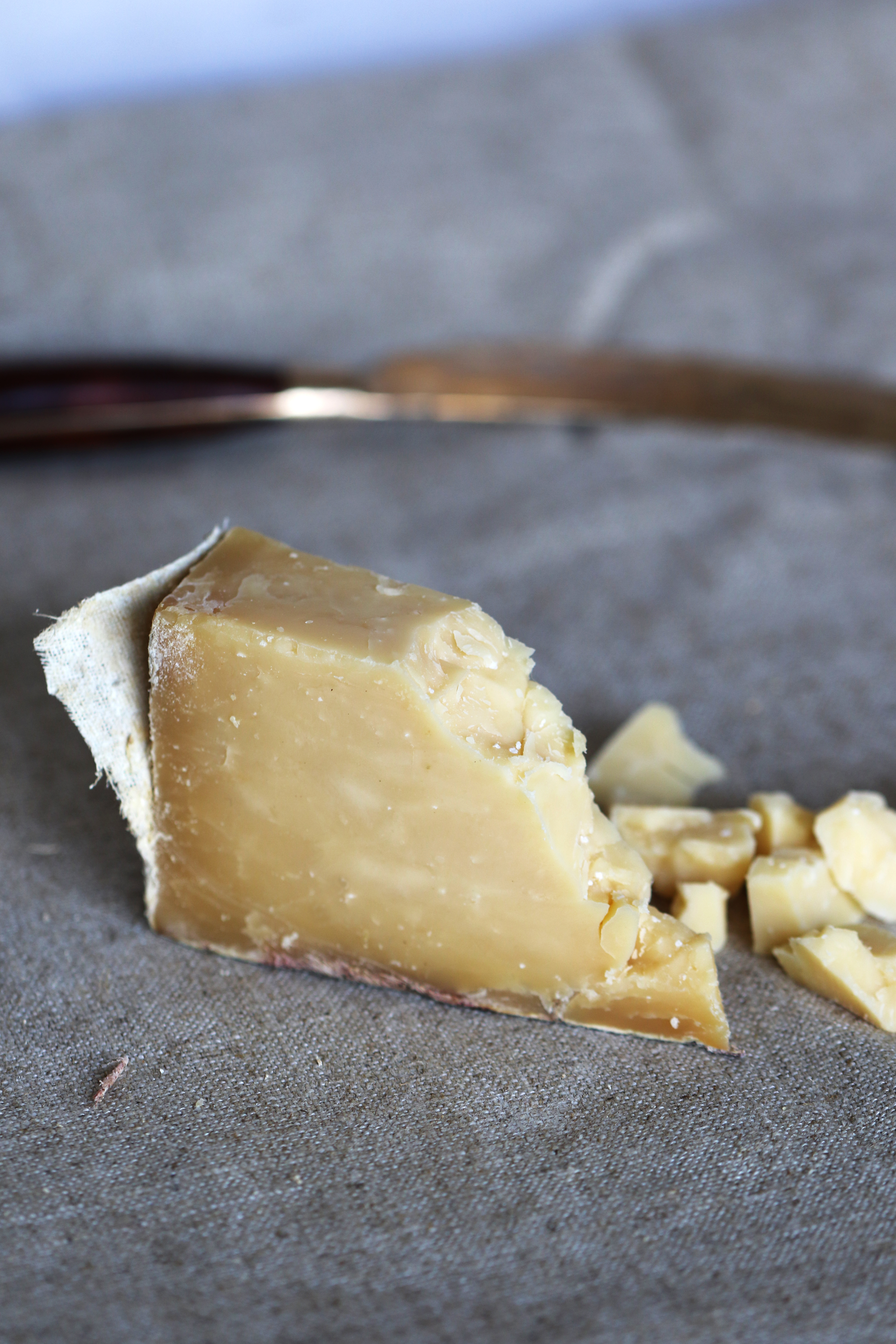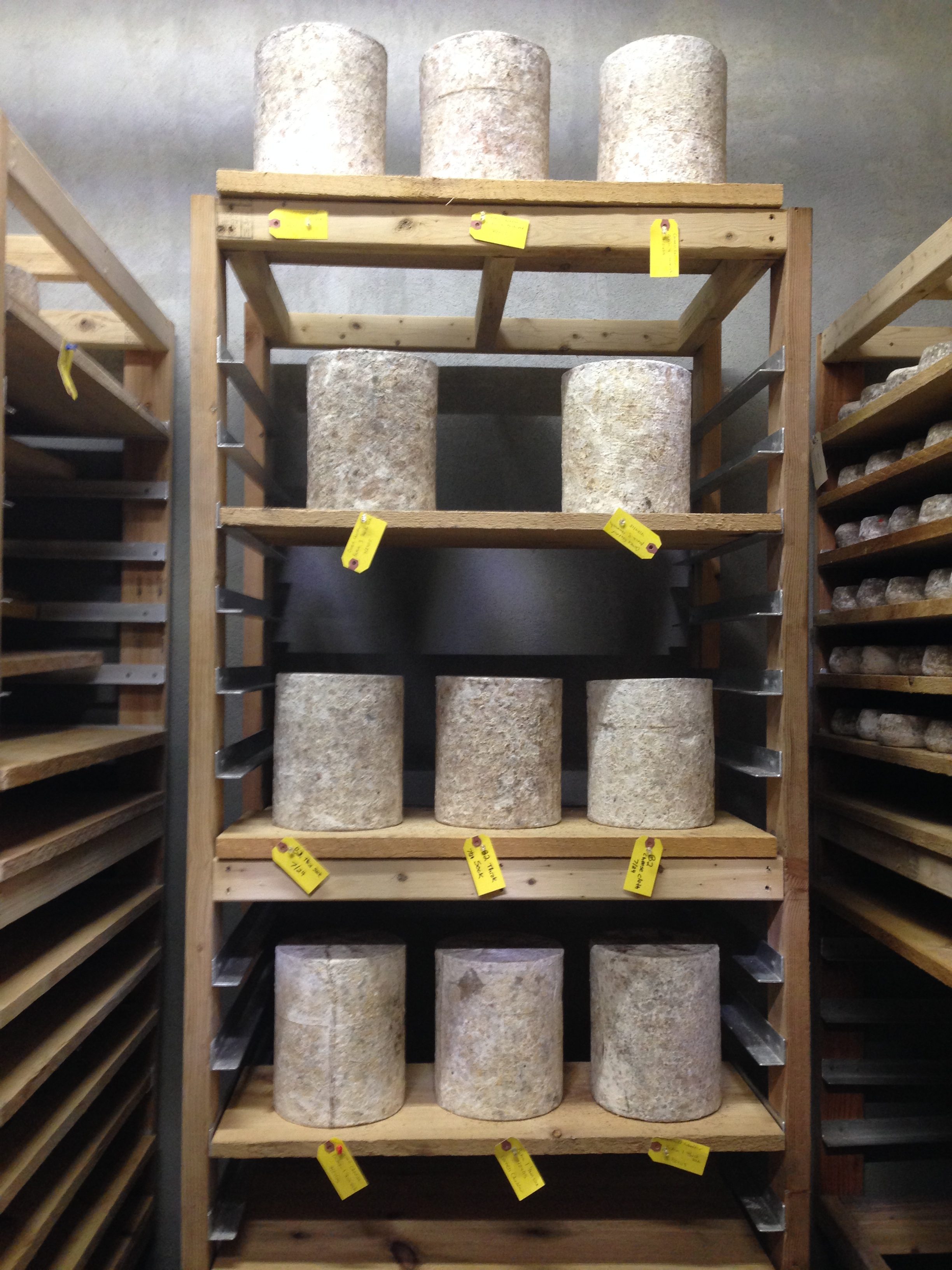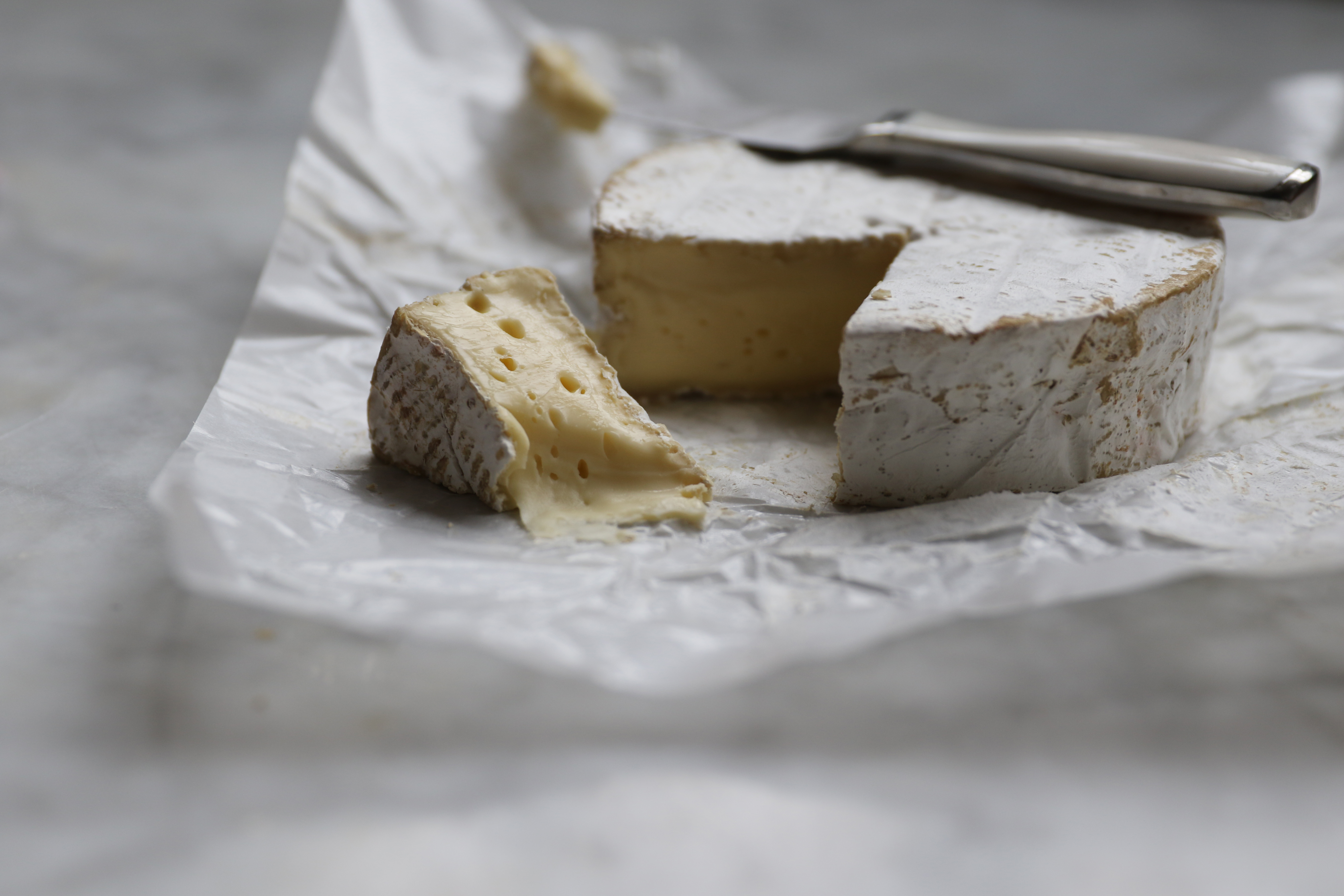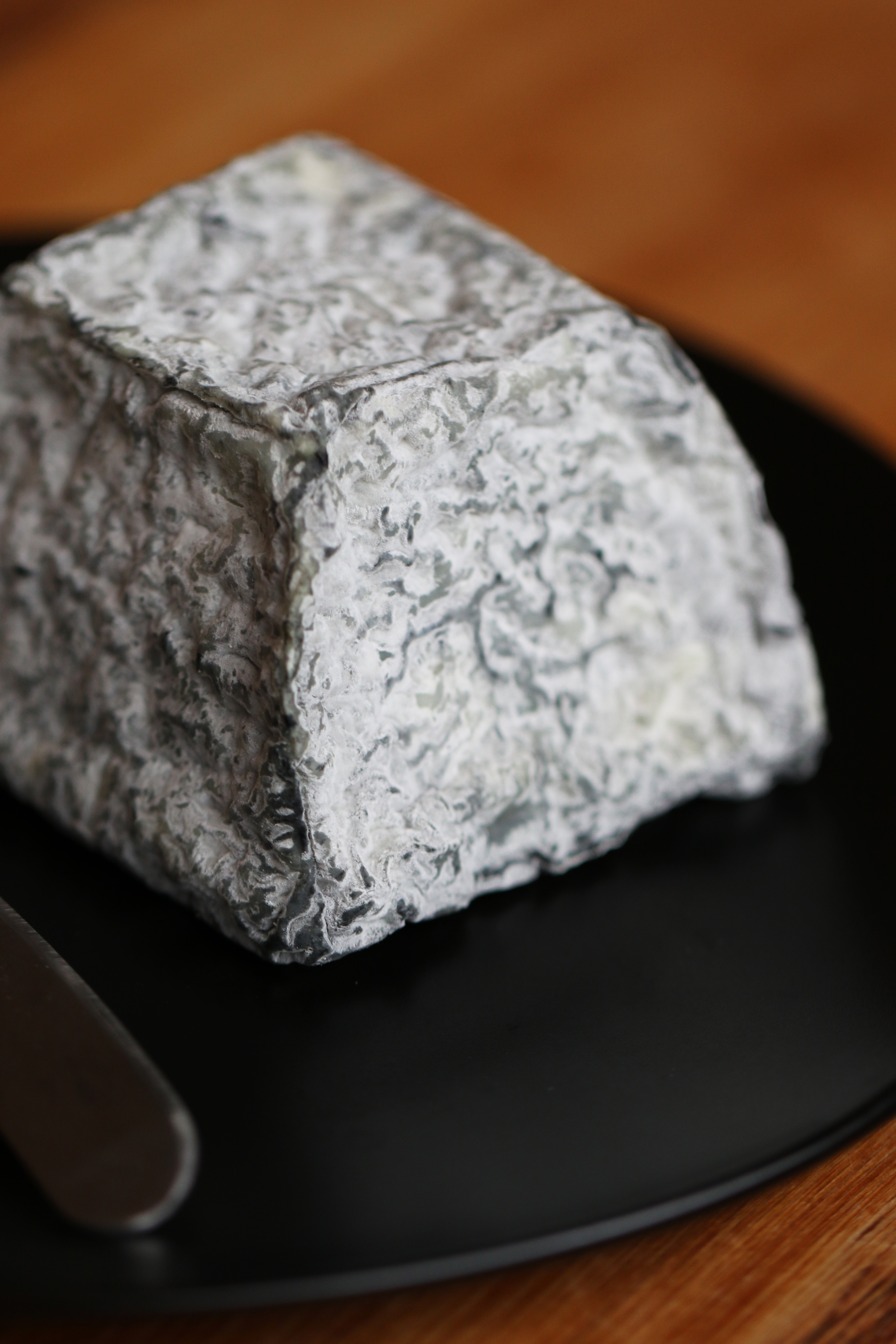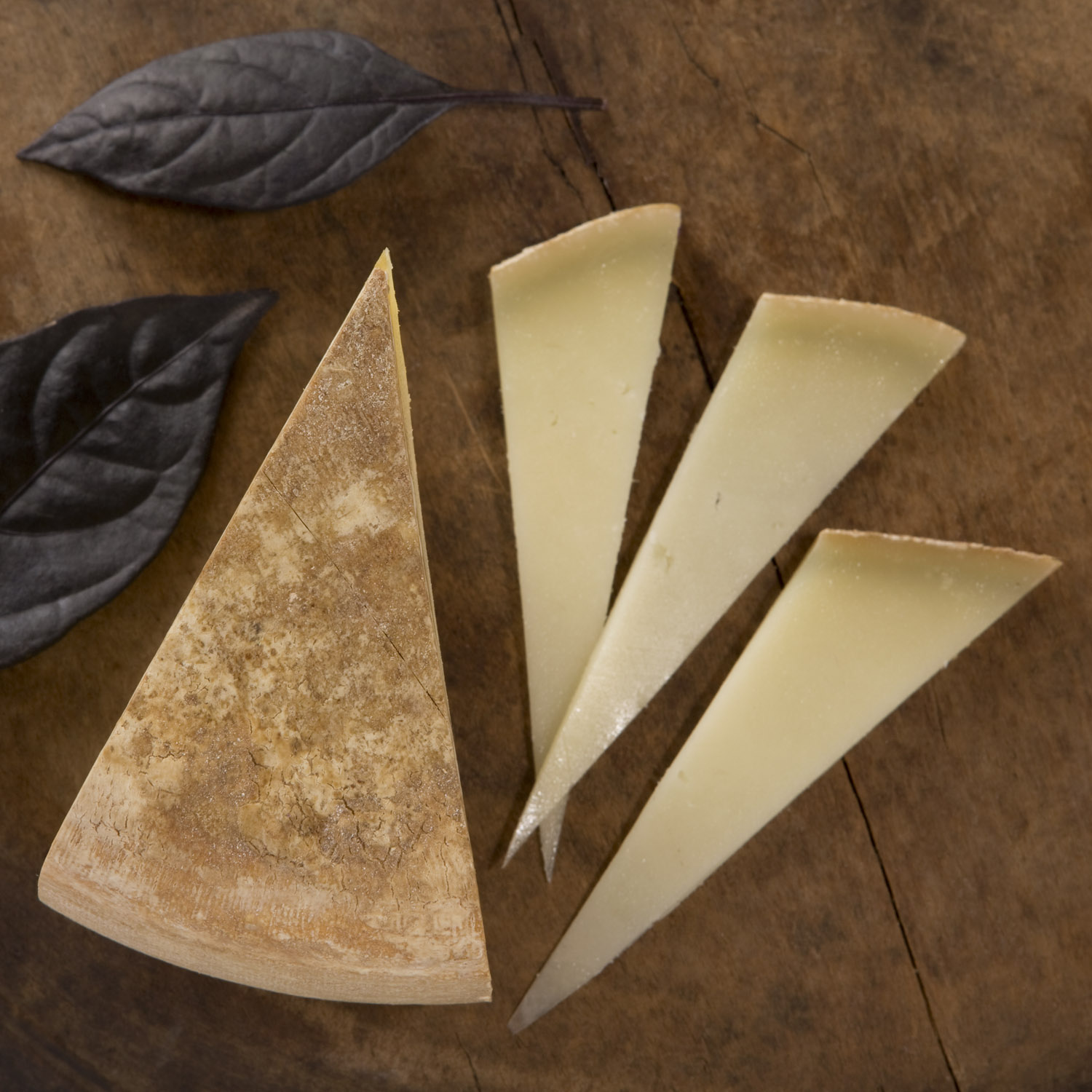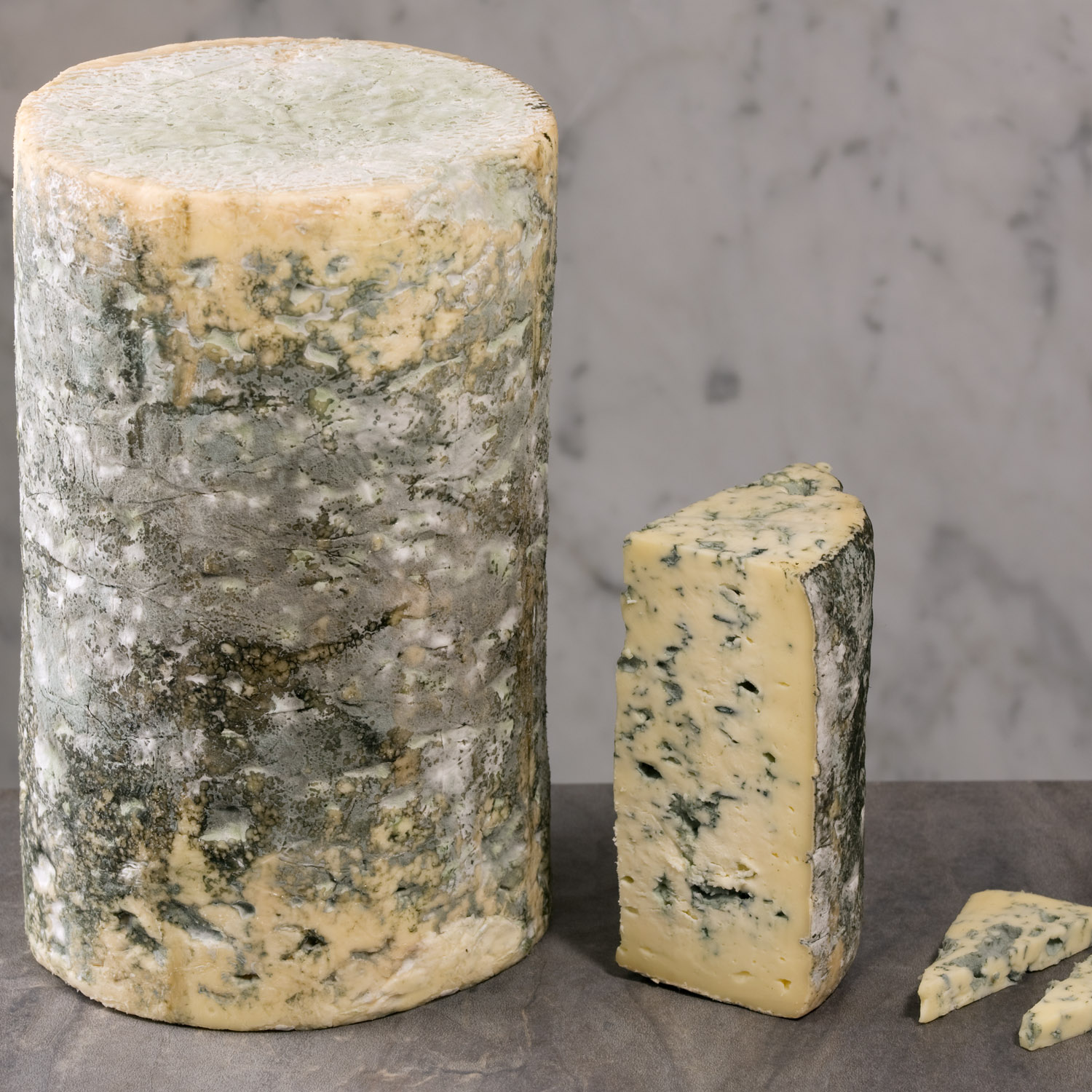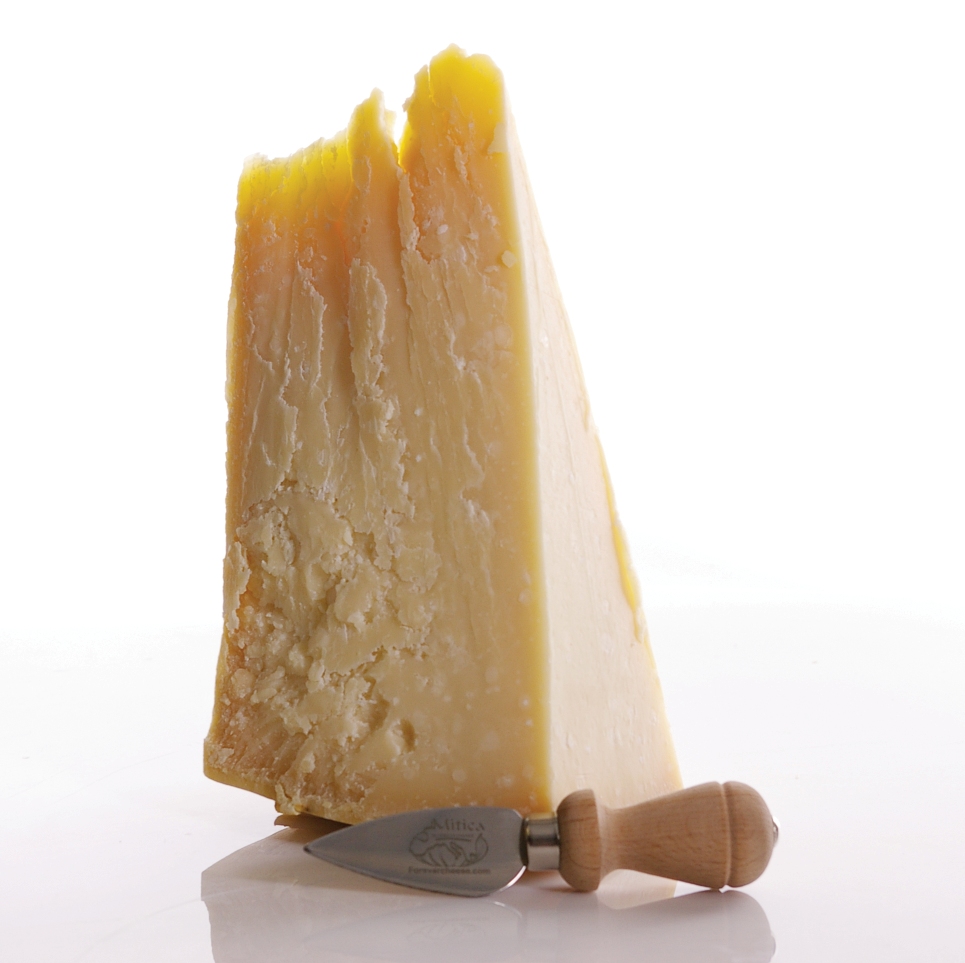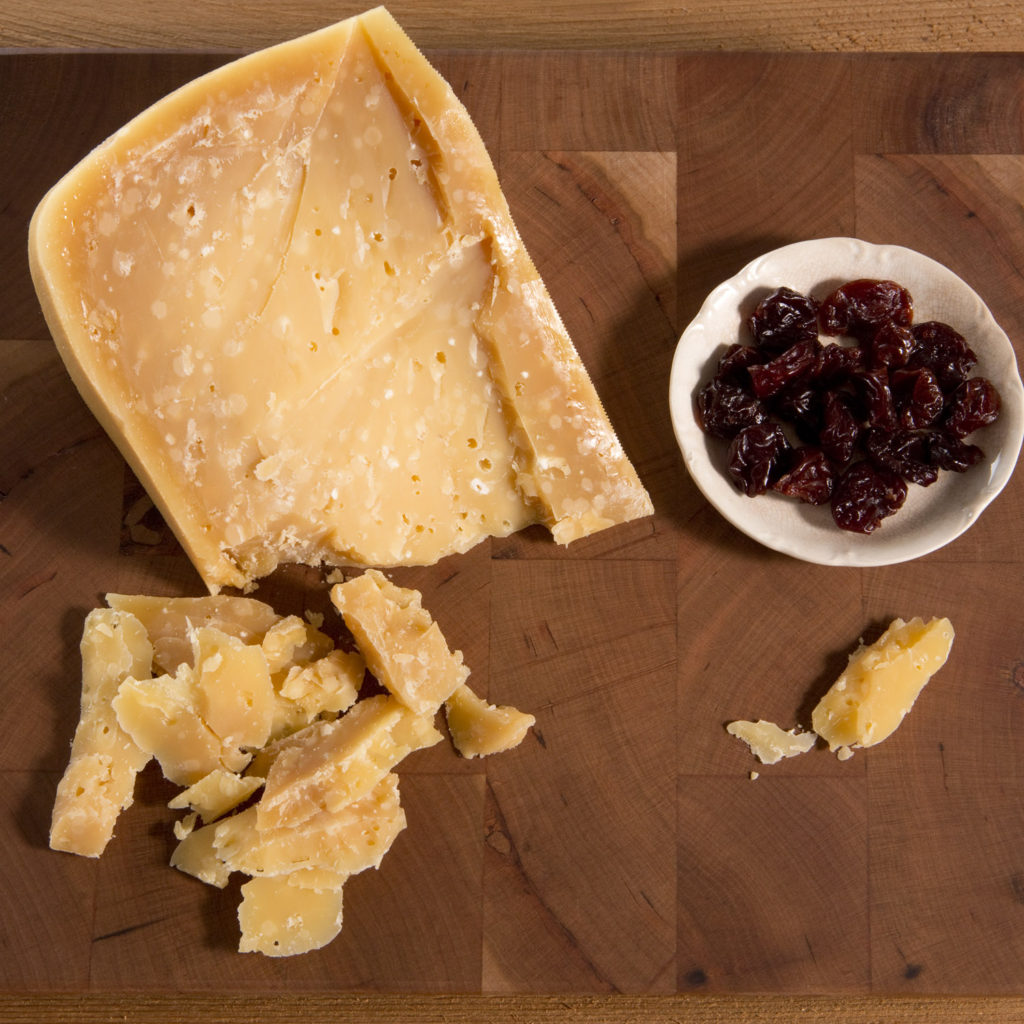It’s official! Murray’s cheeses are winners, simple as that. Murray’s, in collaboration with some of the country’s best cheese makers, is proud to take home even more recognition for our original creations! This week, four of our Cavemaster Reserve cheeses took home awards at the annual United States Championship Cheese Contest held in Green Bay, Wisconsin. While we know that our cheeses are delicious, it’s amazing to see our cheesy creations stack up with some of the best in the country!
A collaboration with Old Chatham Sheepherding Company of Old Chatham, NY, earned Best of Class honors in the Flavored Soft & Semi-Soft Sheep’s Milk Cheese category, and for good reason! An American twist on a Corsican classic, Hudson Flower is made by Old Chatham, then sent to NYC where it is dressed in a secret blend of rosemary, lemon, thyme, marjoram, elderberries, and hop flowers before taking a rest in Murray’s state-of-the-art caves. Celebrate Murray’s win with a glass of champagne, some dried apricots, and a wheel of this floral wonder.
Created by Murray’s Cheese and Jasper Hill Farm of Greensboro, VT, Greensward earned the Second Award in the Smear Ripened Soft Cheese category. Greensward also was recognized as the #1 Soft-Ripened Washed Rind Cheese and 3rd overall Best of Show by the American Cheese Society in 2016 – meaning there were plenty of stinky cheese in attendance, but Greensward beat almost all! So this creamy, bacony stunner is clearly not a competitor to be overlooked. Recreate Greensward’s best moments with a few slices of speck and a jar of cornichons.
Made with Consider Bardwell of Vermont, this big blue earned Third Award for Blue Veined Cheeses with Exterior Molding. This cow’s milk classic is mellow, grassy, and perfectly aged by our Caves team. Think of it like lying in a fresh green pasture in the middle of spring – it’s really that good. The judges saw Barden as that versatile blue you’ve been dying to try – you could have it with some robust, herbal pancetta or a bar of bitter, bold dark chocolate. Either way, you’re going to love it.
A natural-rind cheese developed by Point Reyes Farmstead Co., Cornelia was recognized Fourth Overall in the Smear Ripened Semi-Soft cheese category. Needless to say, we’re pretty proud of our girl! She boasts a sophisticated palate of roasted peanuts and fresh milk. She’s our favorite during the summertime, simultaneously reminding us of picnics in the park and baseball games with the family.

